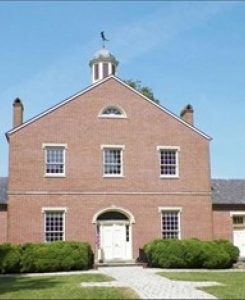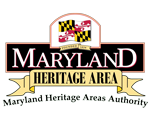
Description
Settled in the 17th century, Port Tobacco grew to become one of Maryland’s largest international seaports in the years before the American Revolution. The names “Port Tobacco” and “Port Tobacco River” were originally derived from the Potopacos, a native tribe that is part of the Piscataway Confederacy who lived along the Port Tobacco River. The name “Potopaco” was eventually anglicized to “Portobacco”. Port Tobacco was the first county seat of Charles County, until siltation in the river prevented maritime trade reaching the port in the latter part of the 19th century.
Once a thriving town, dwellings, businesses, and government offices called Port Tobacco Village home. Today, the public can visit three structures with historic significance in Historic Port Tobacco Village: Stagg Hall, the Washington Burch House, and the Port Tobacco Courthouse, which are all rich in history. Washington Burch was enslaved until he was emancipated by the Maryland constitution in 1864. His former home is open for tours and allows visitors a glimpse of domestic life in the years following the Civil War.
The town’s abrupt decline and silting of the river preserved many archeological sites, making it a rich area for studying the mixed history of Native and colonial cultures, including that of enslaved Africans. In 2007 the Port Tobacco Archeological Project began as a partnership among the Archaeological Society of Maryland, the Society for the Restoration of Port Tobacco, the Southern Maryland Heritage Area Consortium, Preservation Maryland, and Preserve America.
Additional Resources
https://www.explorecharlescounty.com/see-do/history-and-heritage/historic-port-tobacco-village
https://apps.mht.maryland.gov/Medusa/PDF/NR_PDFs/NR-1037.pdf – National Register nomination
Society for the Restoration of Port Tobacco (porttobaccocourthouse.com)
